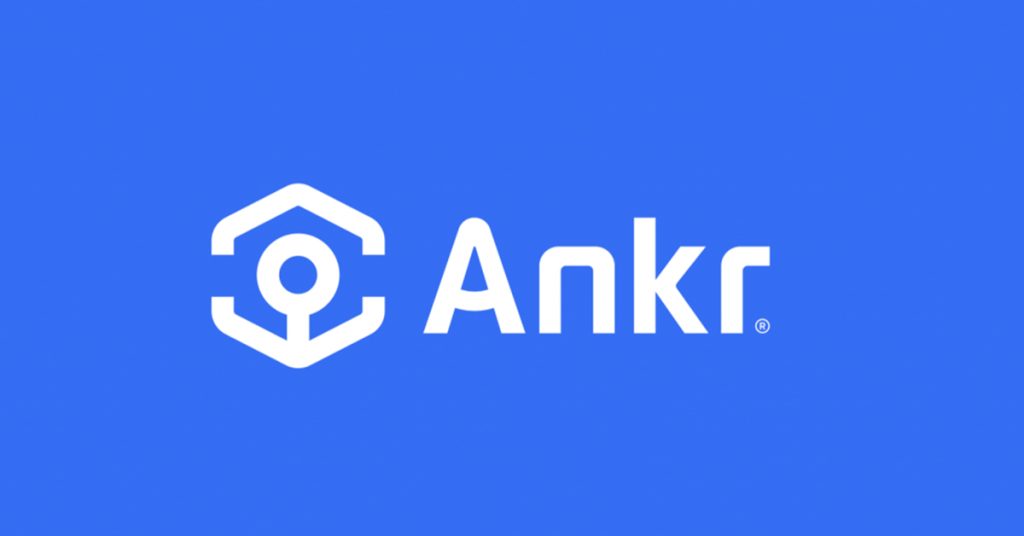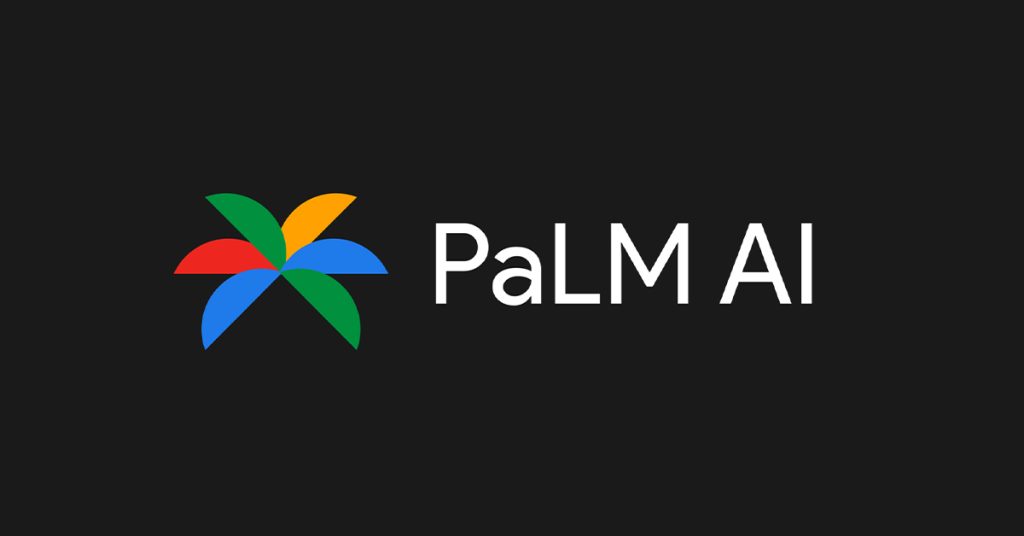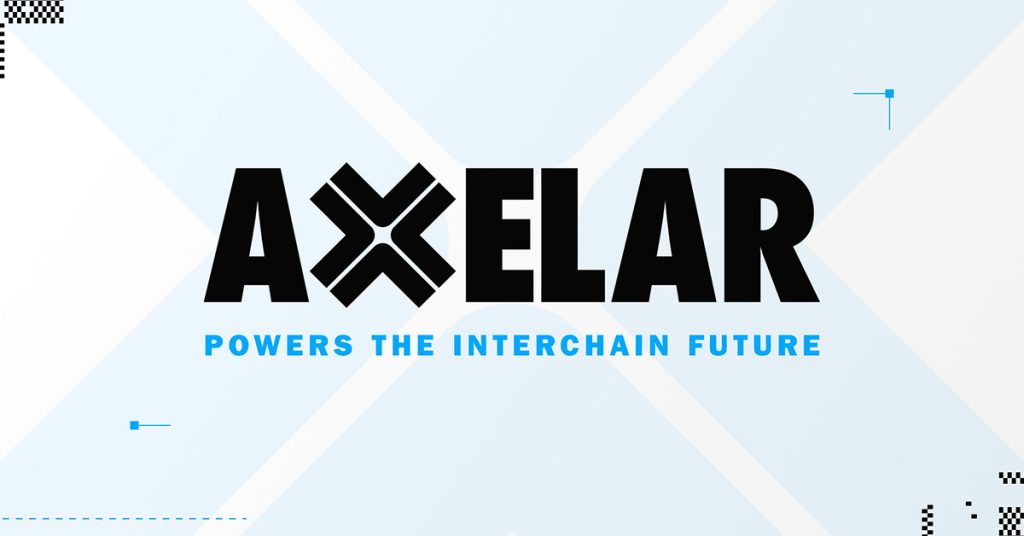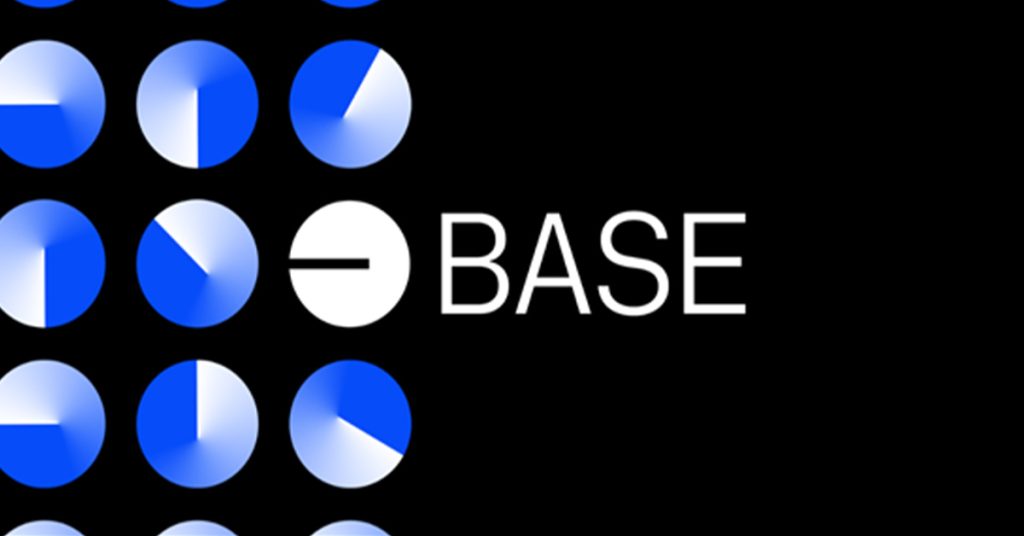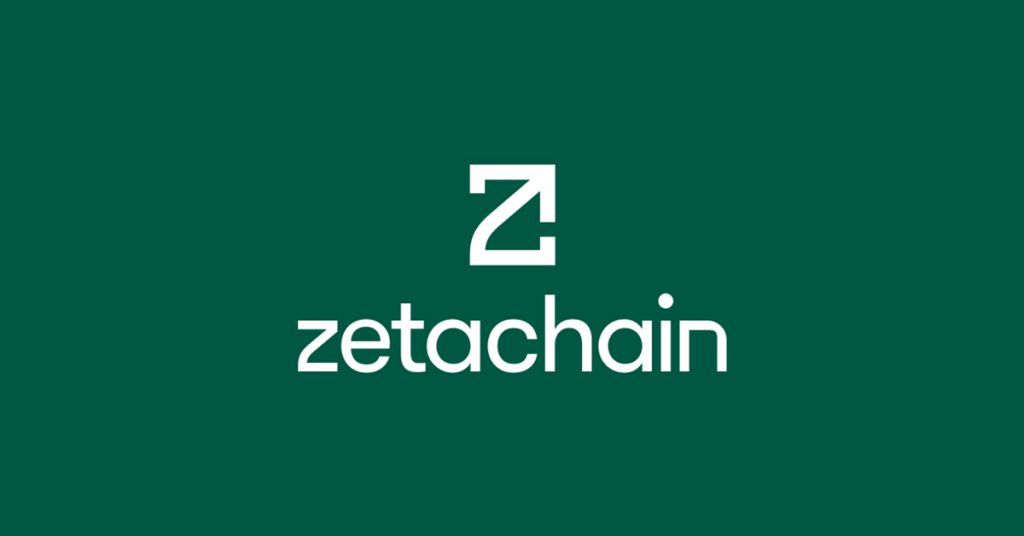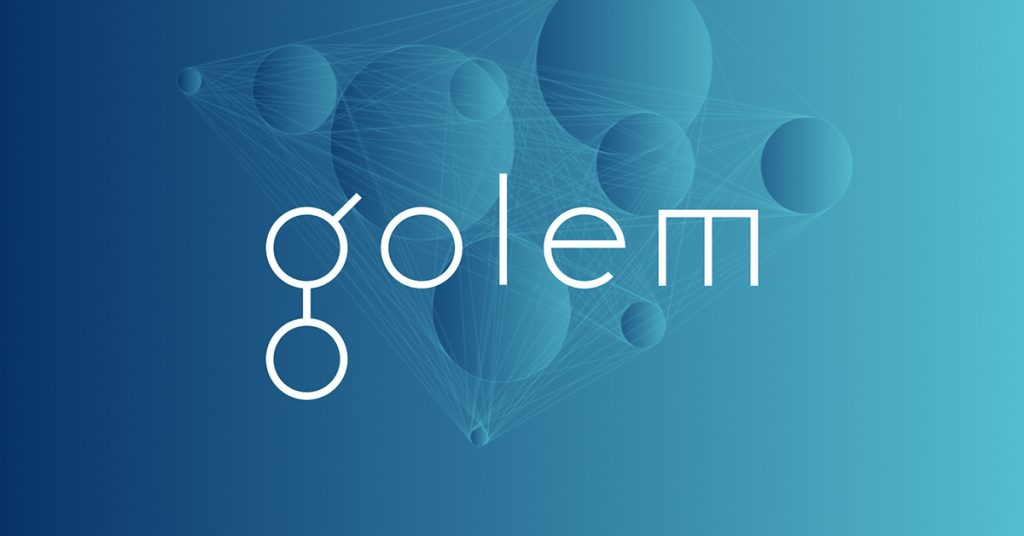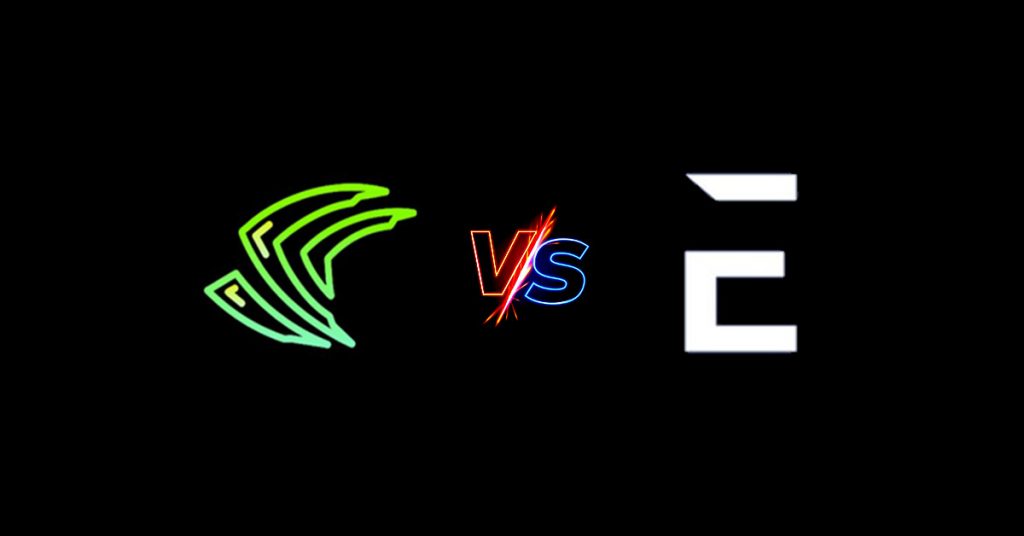SSV Network – Securing the ETH Staking Cycle
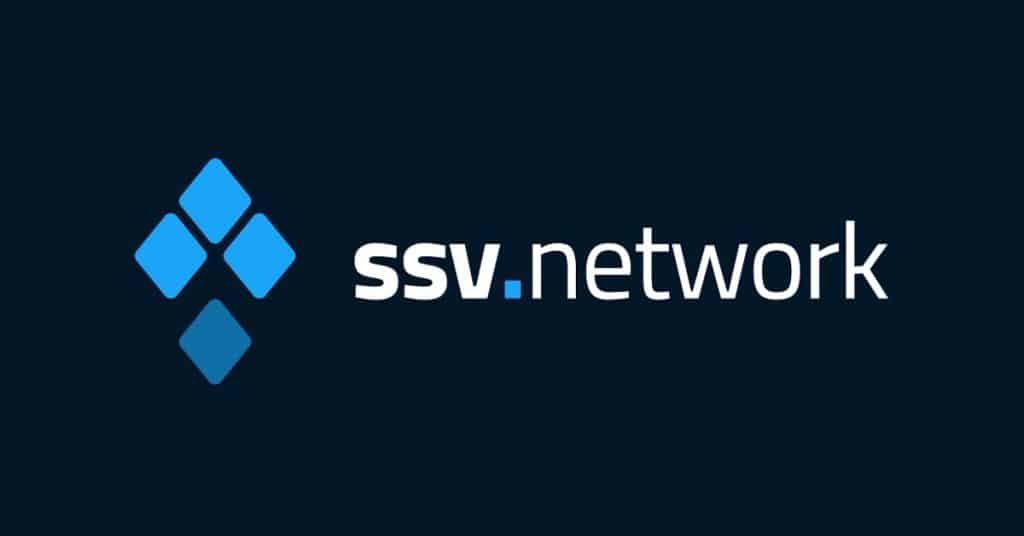
TL;DR
After switching to a Proof of Stake model, Ethereum added yet another profitable use case to its network. As Ethereum continues rolling out updates like Shanghai and Capella (Shapella), more companies are throwing their name into the staking-as-a-service hat every month. As SSV Network gets ready to launch its Mainnet services, it's time to learn about the SSV Network and how they're securing the ETH staking cycle with Distributed Validator Technology (DVT), formally known as Secret Shared Validators (SSV). If you need a recap on why Ethereum staking services are already a big deal, check out our Ethereum Staking Ecosystem Guide. With everyone’s expectations high for the future of the Ethereum network, a sustainable staking system is an absolute requirement.
To maintain the health of the network, consolidation of Ethereum in a few select protocols is a hot topic for the entire industry. With more than half of all ETH currently staked being locked up in services like Lido, Coinbase, Kraken, and Binance. Relying on just one place to put your ETH is not an option. At least not if you want Ethereum to be successful.
This is why SSV’s Secret Shared Validator technology is such an important addition to staking-as-a-service (SaaS). Keep in mind that not many people have the thirty-two ETH required to earn rewards from the network directly. This means that trusting a third party to combine your ETH with others in a staking pool is an important responsibility. Currently, there are over 60,000 depositors on Lido, but only 21 nodes are in control of staking over 33% of all Ethereum.
To combat

